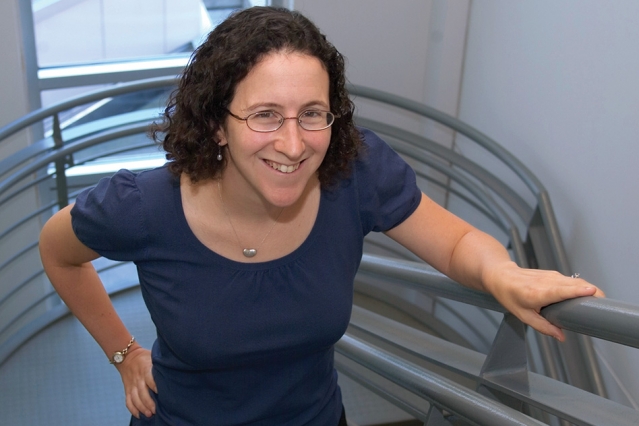RESEARCH TO POLICY: HEALTH ECONOMICS
3 Questions: Amy Finkelstein on testing health care systems
MIT economist explains why randomized trials can improve medical care.

“Randomized evaluations are particularly appropriate when programs are oversubscribed, rolled out in a gradual fashion, or initially tested with pilot programs.”
About 80 percent of studies of U.S. medical interventions use randomized controlled trials (RCTs), the gold standard of laboratory research. But only about 18 percent of studies of U.S. health care delivery use RCTs. That can and should change, suggests Amy Finkelstein, the Ford Professor of Economics at MIT, in a Science piece co-written with MIT researcher Sarah Taubman. If so, they assert, researchers who find new ways of applying RCTs to our medical system will be able to produce compelling answers to pressing questions. Finkelstein, an experienced practitioner of RCTs in U.S. health care, helped launch J-PAL North America, a recently formed branch of MIT’s Abdul Latif Jameel Poverty Action Lab, which uses RCTs to test policy questions and social programs. MIT News discussed the issue with Finkelstein.
Q. In the Science piece, you say that randomized evaluations of policy and delivery should be “closer to the norm than the exception.” What is the power of randomized evaluations as a research method?
A. It is not always obvious what the effect of a given policy is. For example, what is the impact of covering the uninsured with health insurance? Comparisons of the insured and the uninsured often indicate that those with insurance are in worse health than those without insurance. Would it be right to conclude, therefore, that health insurance makes individuals sicker? Or, more reasonably, are individuals who are in poor health more likely to seek out health insurance?
Browse more SHASS stories about the Future of Healthcare
Photo by Ed Quinn courtesy of MIT News